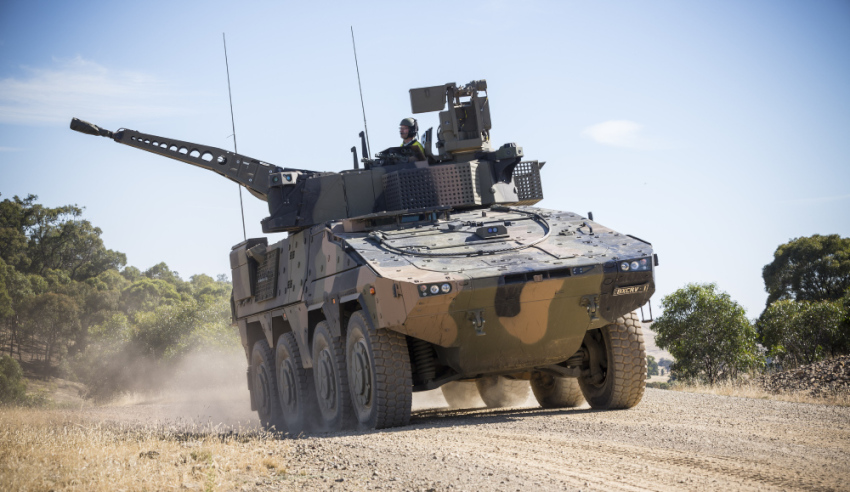This is in following with some of the other threads which discuss the way that pre-1914 Battalions were made up of larger numbers of smaller companies and that the consolidation into larger companies was a direct result in the attritional warfare that was experienced in WWI.
The idea is that with smaller, more specialized forces in a modern battle space dispersion is of greater importance in order to avoid being picked apart by precision fires which will identify and target concentrated forces.
It's also a case of "different horses for different courses". The Mechanized Brigades and the Reserve Infantry Brigades would continue to have the larger (modern) company sizes, but only the Light Reaction Forces would have the smaller Company groups. This would give you flexibility to respond with different types of forces in different situations as well as possibly more realistically representing the size of rapid reaction force we could be able to quickly deploy and support by air considering the size of our transport fleet.
Just to span the gap between the CO managing 3x 133 or 8x 50:
The Old 8x50 companies were led by Captains assisted by their Subalterns.
The companies were grouped into regiments led by Colonels and their assisting Field Officers, Lieutenants Colonel and Majors with Lts Col commanding a wing of the regiment in the field (also known as a battalion) , and Majors commanding a wing of the battalion.
So a 20 company regiment, organized around 20 Captaincies of 50 PYs and commanded by a Colonel, would be divided into 2 Battalions of 10 companies each commanded by one of the Colonel's lieutenants with each Lt Col assisted by Majors.
The 10 companies would comprise:
an independent light company (recce company) commanded by a senior captain;
an independent grenadier company (support company) commanded by a senior captain, and;
2 wings, each of 4 line companies (rifles), with the wings commanded by a Major.
So, the answer to the span of control question is
Instead of the 1916 formula of 28 to 44 PYs under a Subaltern and his 4 PY command team
Return to the pre-1914 structure of 50 PYs under a Captain (more seasoned and trusted with autonomous decision making), held within a Regiment of 16 to 26 Captaincies and divisible, under the team of Field Officers into Battalions of 8 to 13 Companies under Lt Cols and further divisible into "wings" under Majors.
To keep things less disruptive there is no reason to interfere with the Field Officers and the Battalion, Company structure. All that is necessary is to progress the tendency that began in 1917 with the re-introduction of small, autonomous units of 28 to 44, now called Platoons instead of Companies.
Expand the scope of capabilities, and the autonomy , of the Platoon on the ADO battlefield, and place it under the Command of a Captain with a Lt as a deputy. Leave the Companies as Field Grade Commands.
Or, if the Captains, prefer upgrade the name of their 50 PY command to the traditional Captain's command of a Company and rename the Battalion Companies as Wings under Majors.
You could keep the Mech Battalions under the 1917 formula and the Lights, Rangers and Reserves under the older formula
Or whatever...



